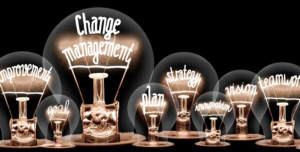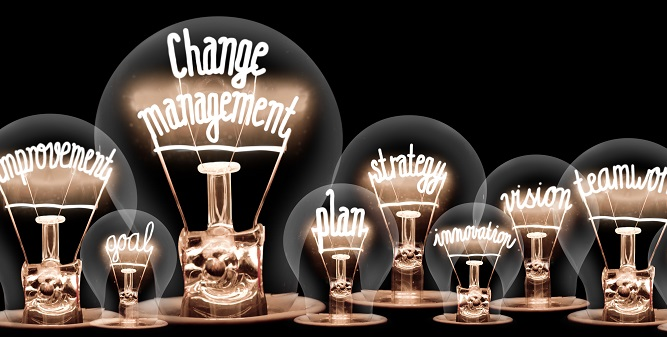
During my career in manufacturing, I held various positions, and many of them required making changes to the way things were done.
Change can be difficult—and it can be even more difficult to communicate. People come to work and try to do the best job they can. They are proud of their work and good at what they do. When we ask them to change or do it differently, they can feel slighted.
Imagine your manager tells you something will be changed that impacts your job and potentially your job performance. What is the first thing that goes through your mind? It may be that you know your job well and now they are changing it on you. That is a common response when employees are asked how they feel about change to their work or work environment.
A few years back, I was a continuous improvement manager (CIM), which is sometimes called a change implementation manager. One of my projects was to implement lean manufacturing within a company of about 400 employees. My boss and I developed a strategy to implement lean as a philosophy of change for the better.
Here is the strategy we used to implement this change across the organization.
- Develop a communication plan:
- What is the change? Lean.
- Why are we changing to lean? To implement a culture of continuous improvement and employee empowerment.
- What are the benefits to employees, the company, and management? Employee involvement, better job satisfaction, and increased profitability.
- Get buy-in:
- Buy-in from company leadership; have C-suite 100% onboard.
- Management buy-in; train management.
- Develop a training program for everyone; prioritize people.
- Put people before processes by establishing a culture where every idea is worth listening to and failure is acceptable.
- Make sure you have commitment and money for resources.
- Problems:
- Confront issues and naysayers early on.
- Take the time to meet with and listen to the naysayers and opposition.
- Try to see their side and then communicate your reasons for the change.
- Plan:
- Move forward and develop reasonable timelines.
- Communicate the plan to all, updating and adjusting if needed.
- Training:
- Roll your training out.
- Follow up and adjust training if needed.
- Involve and train everyone from C-suite to machine operators.
- Get moving:
- Roll your changes out.
- Make sure you communicate through each step.
- Adjust:
- Listen to feedback, measure results and outcomes, and adjust if needed.
- Make changes if things don’t work, accept that failure is possible, learn from mistakes, and accept that not everyone will be on board.
Keep in mind that communication at all levels of the organization is critical. In many cases, it is easy to assign blame to employees, when the real problem lies with the lack of buy-in from management or middle management. If those leaders have not bought into the change, they may not communicate and assist when problems or struggles arise. If even a small portion of your management team is not on board, they can be the largest contributors to an unsuccessful implementation of change.
What can you do?
As laid out in the strategy above, deal with it. Communicate why the change is needed. Ask if anyone has concerns. Work through those concerns and be by their side when they struggle. You need to accept that even your best management team members can struggle with implementing change. Work with them and help them whenever they doubt themselves or their ability to manage through the change implementation.
It is this group of middle and front-line managers that your employees most relate to. If they struggle, many of your employees will struggle as well. If you coach and mentor them, success will come.
As far as our lean project, it went rather well. Yes, we had bumps along the way, and it took more time than we would have liked, but it eventually took off. Within the first year, we had almost 1,200 Kaizen ideas and implemented close to 850 of them—that is more than two changes per employee. I’m still in contact with my former employer, and they continue practicing lean manufacturing and implementing Kaizen ideas. In 2018, they implemented 1,600 ideas, with a workforce of 550 people.
Manufacturing Expert with Acuity
Republished from "focus" blog by Acuity, with approval of author.




